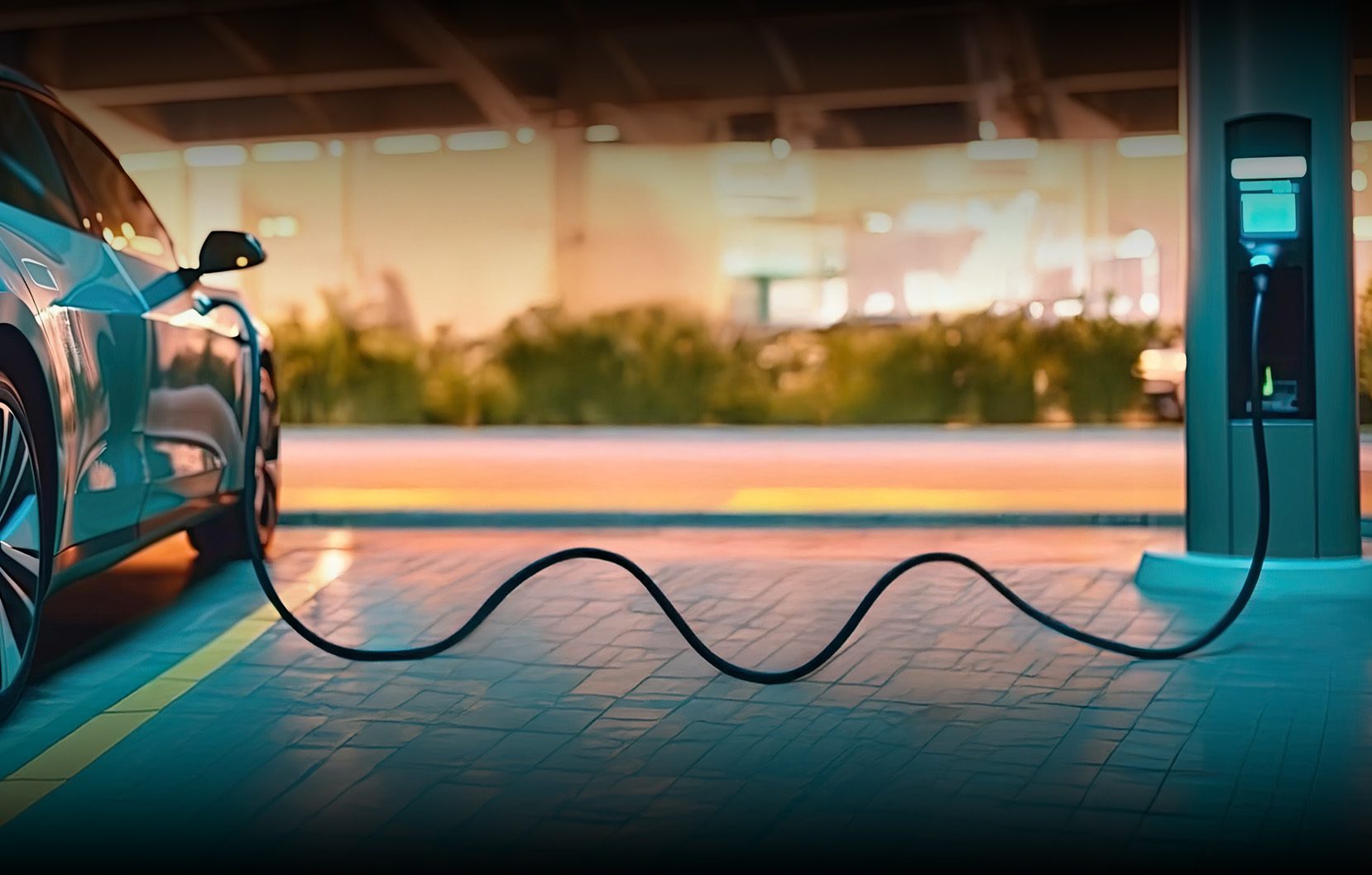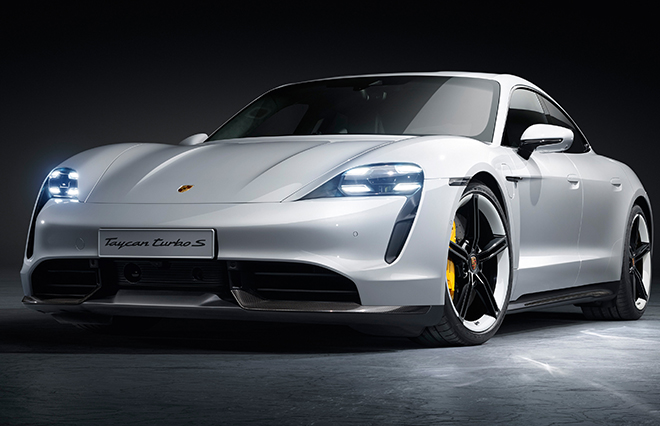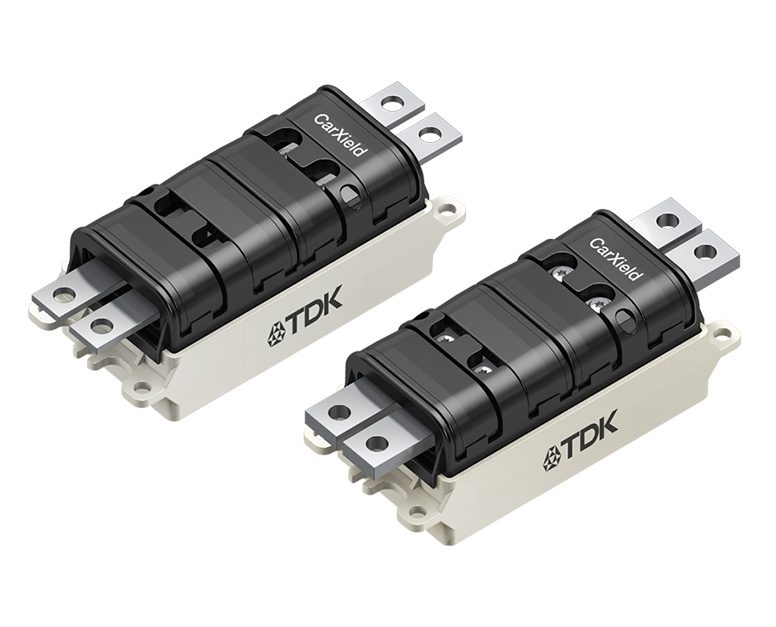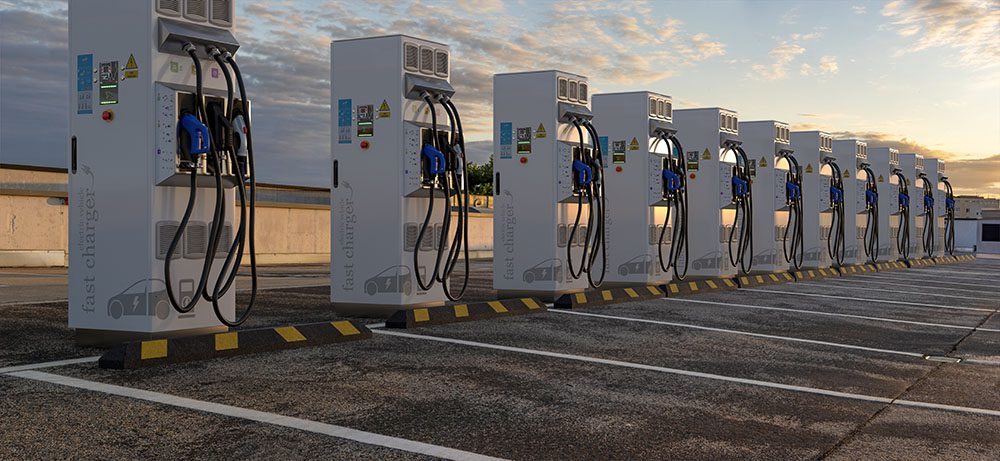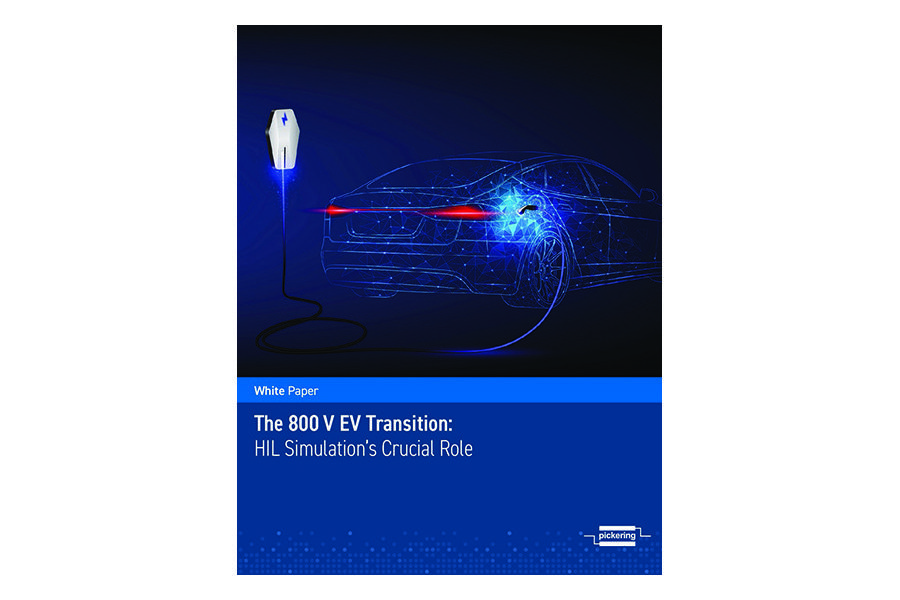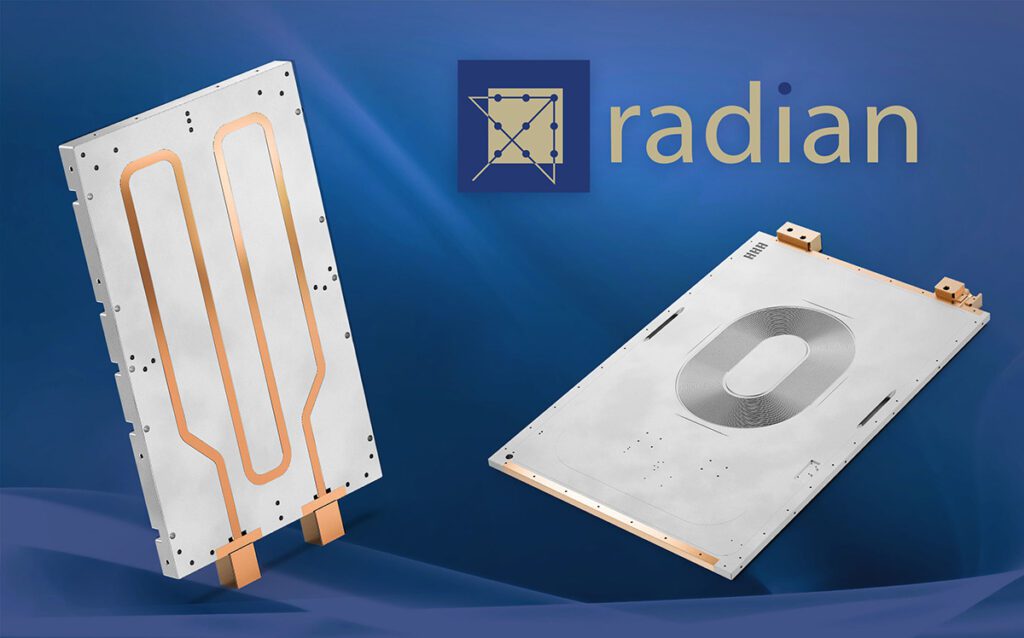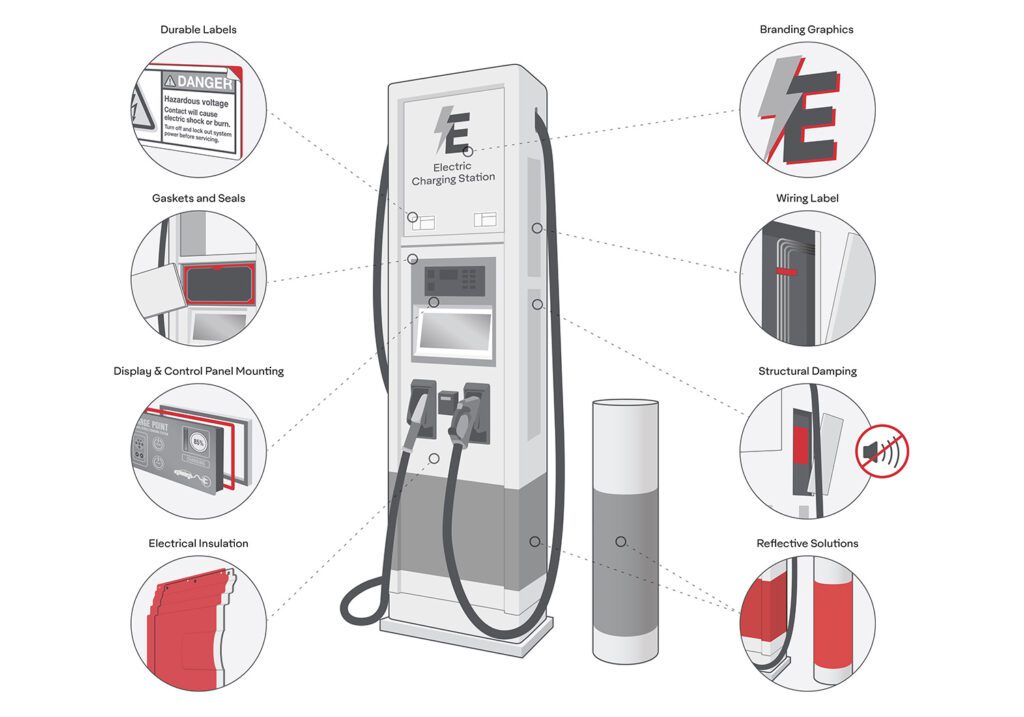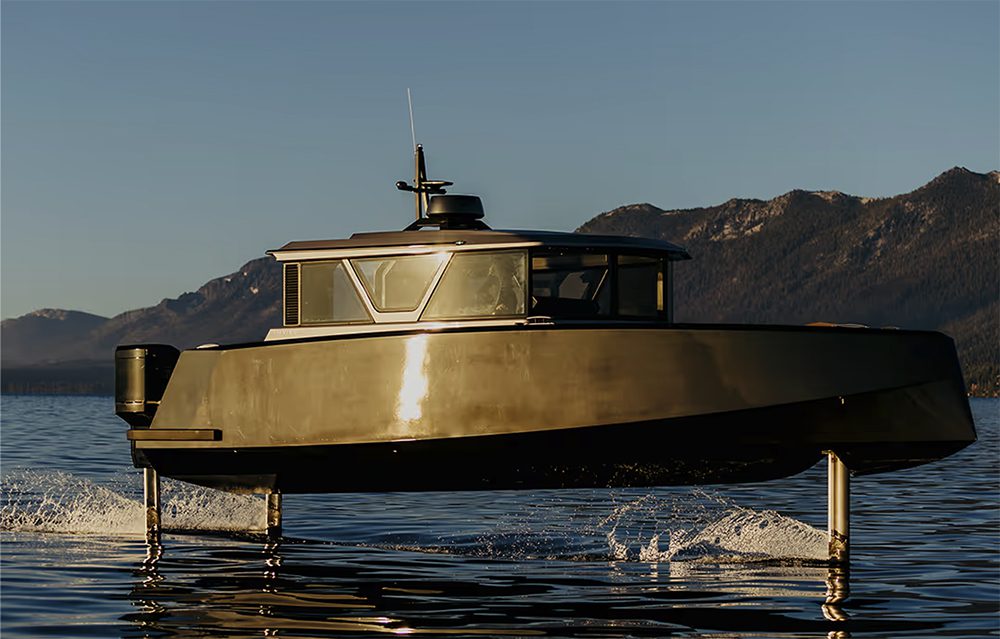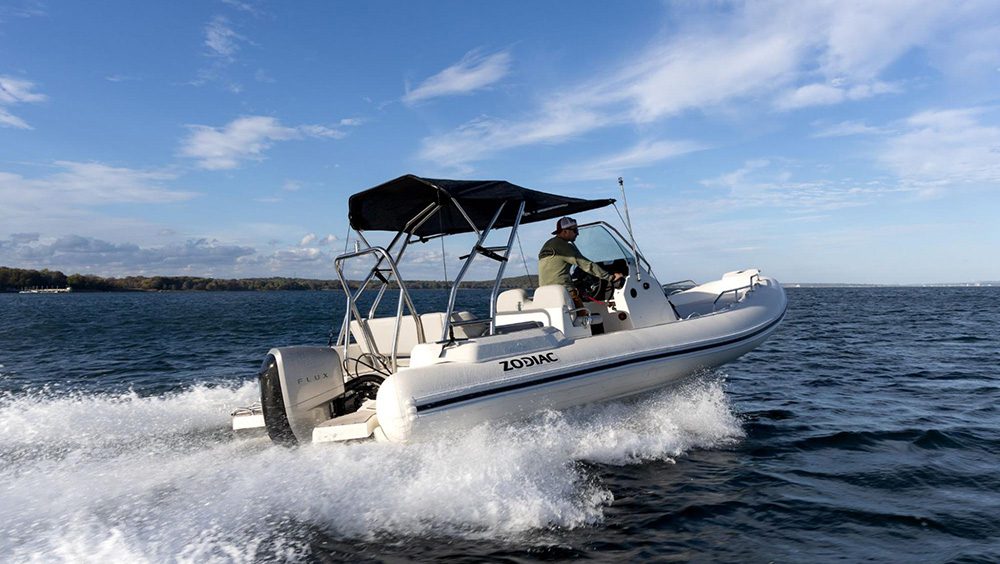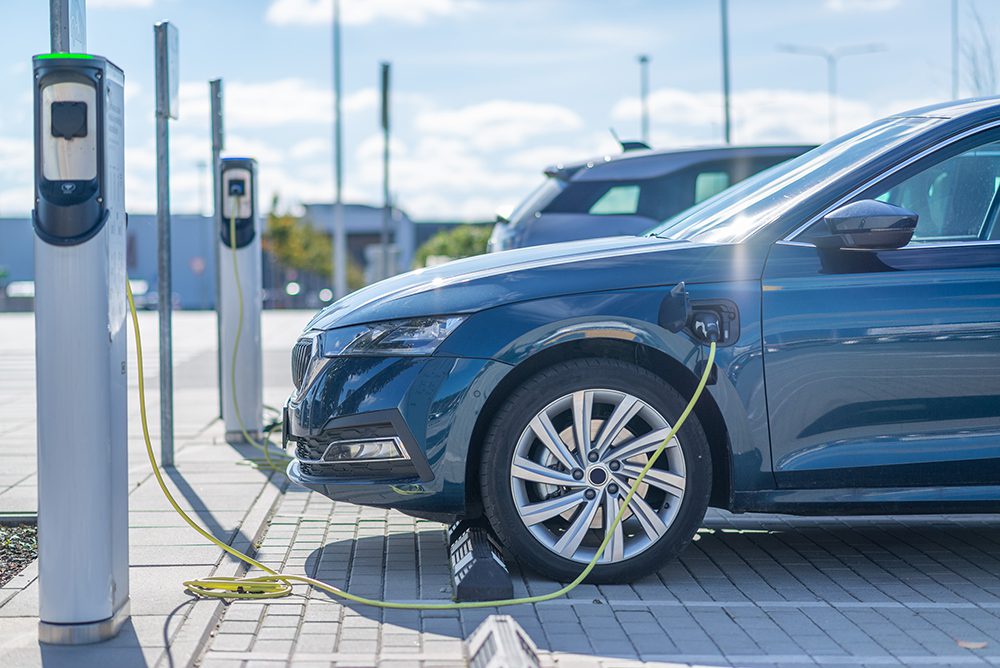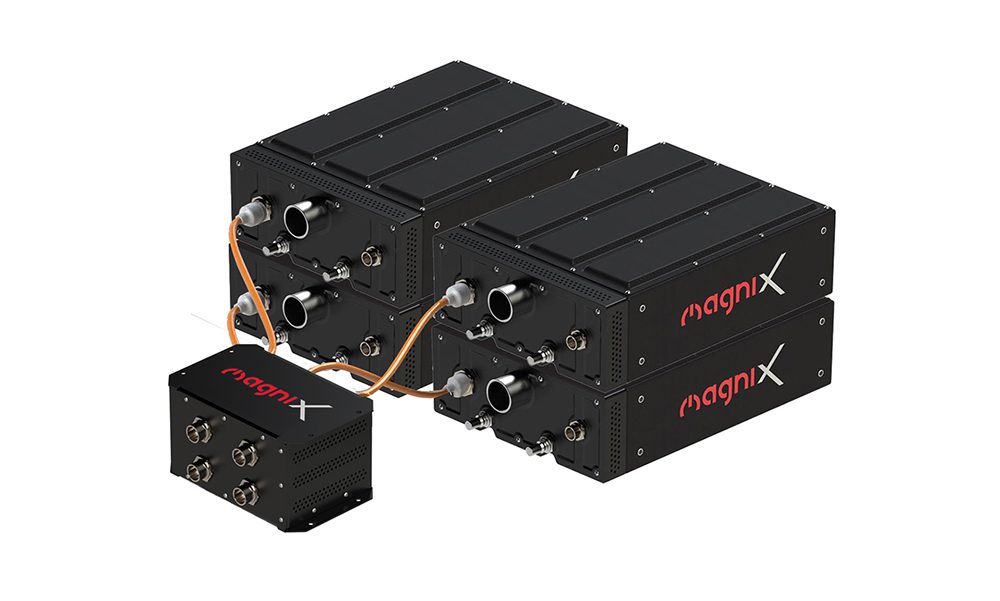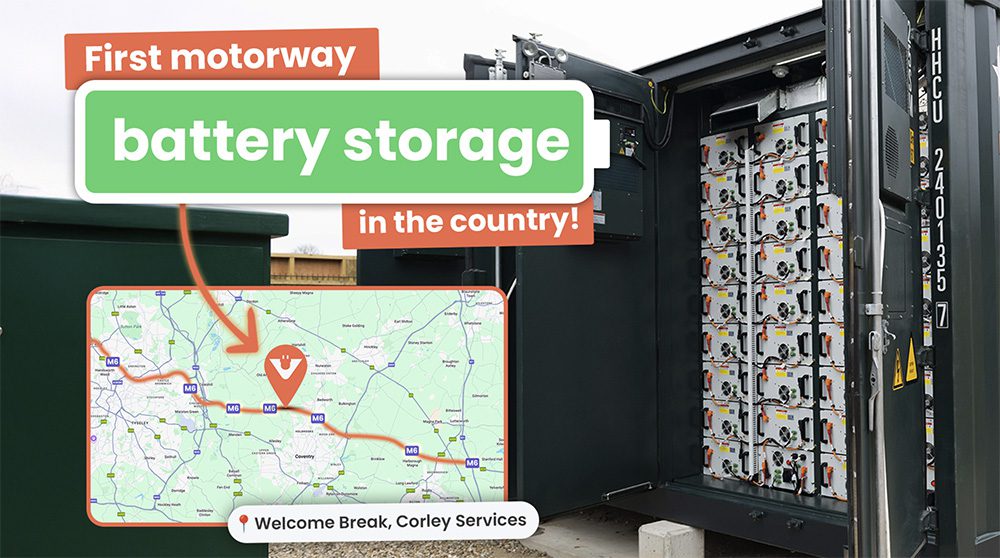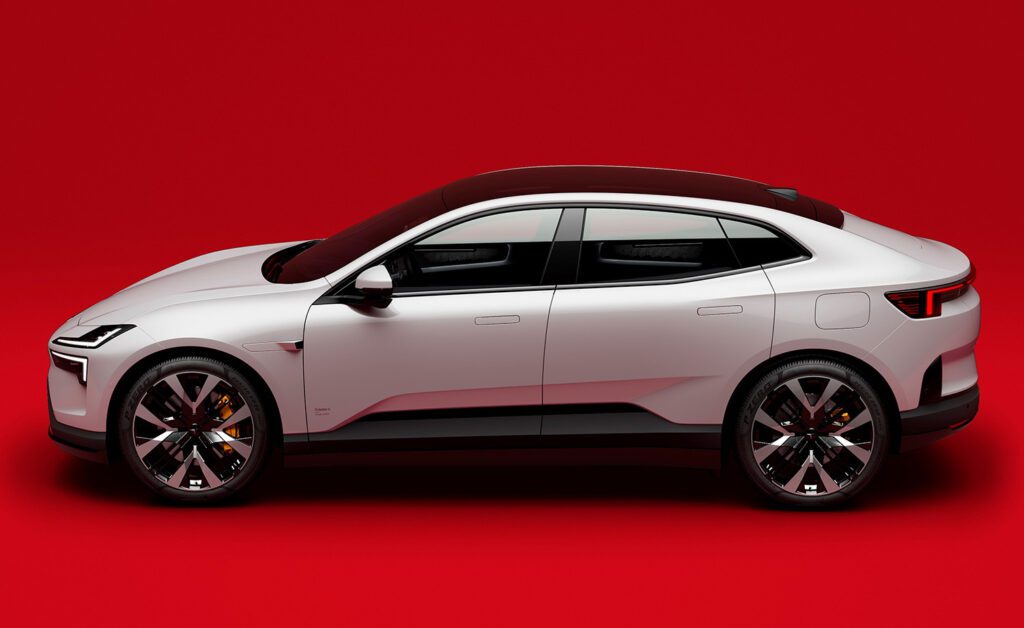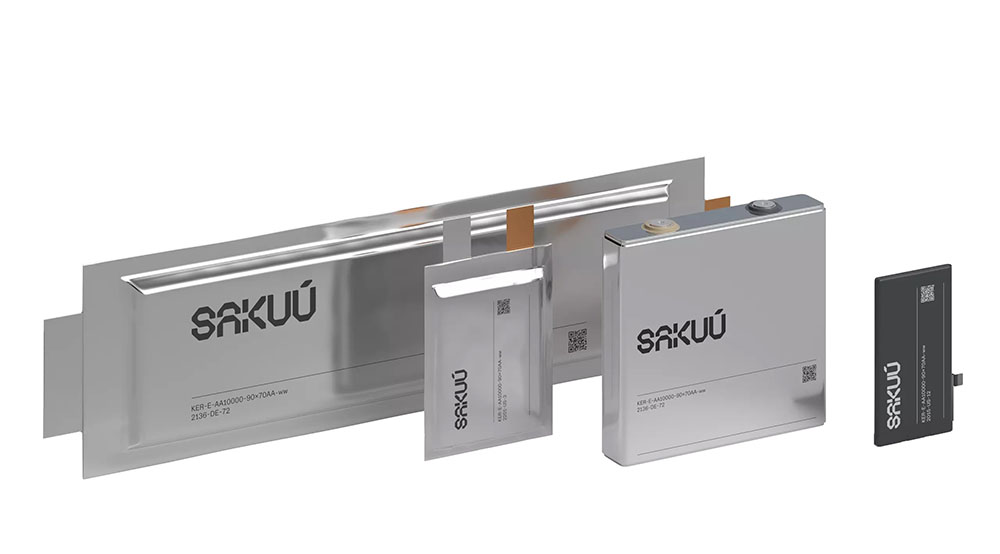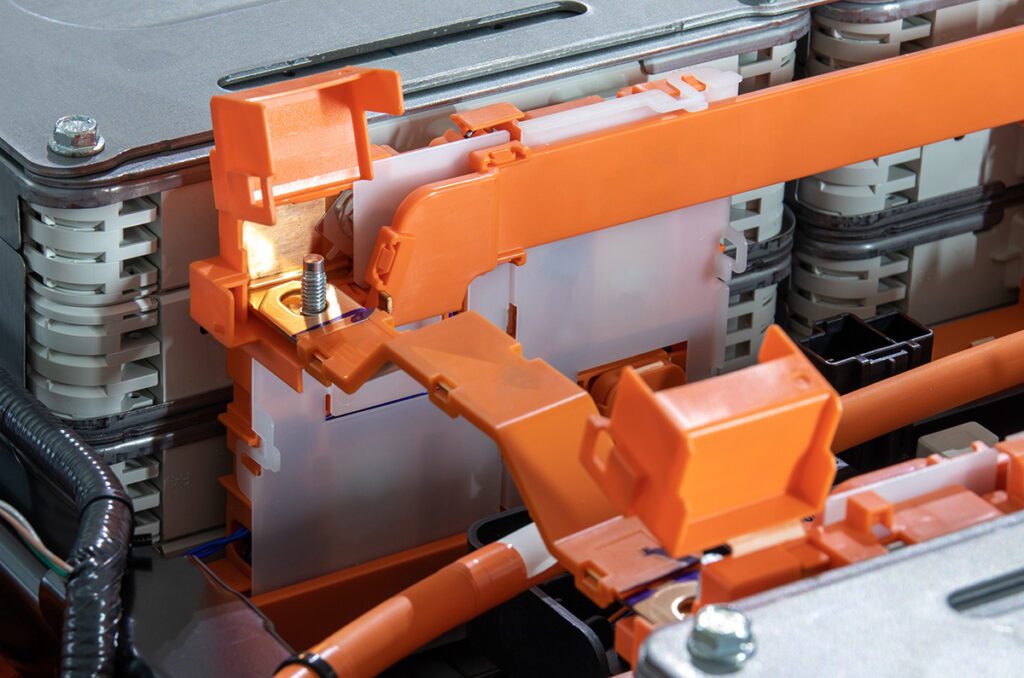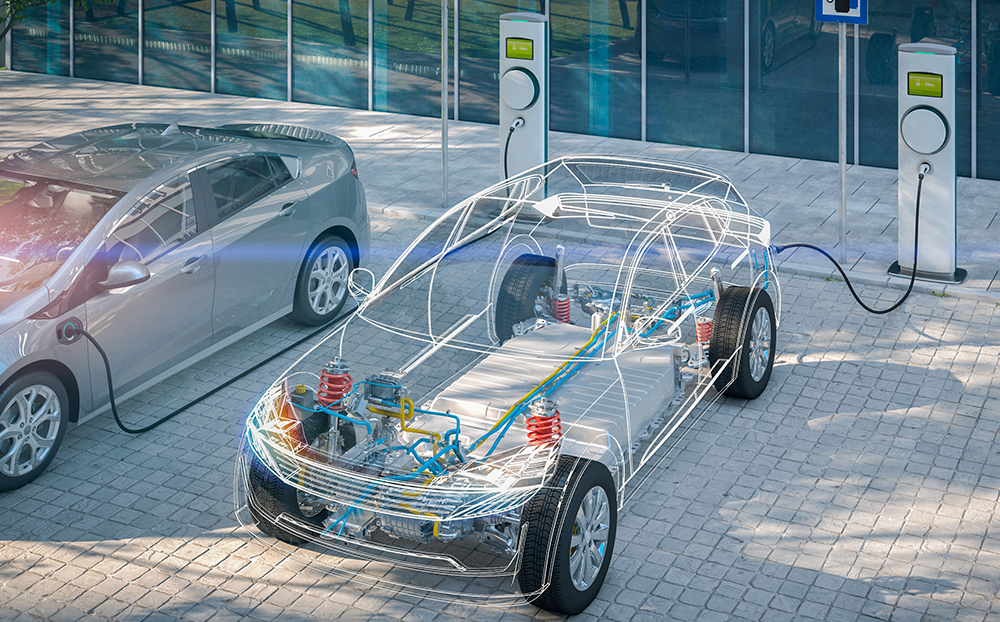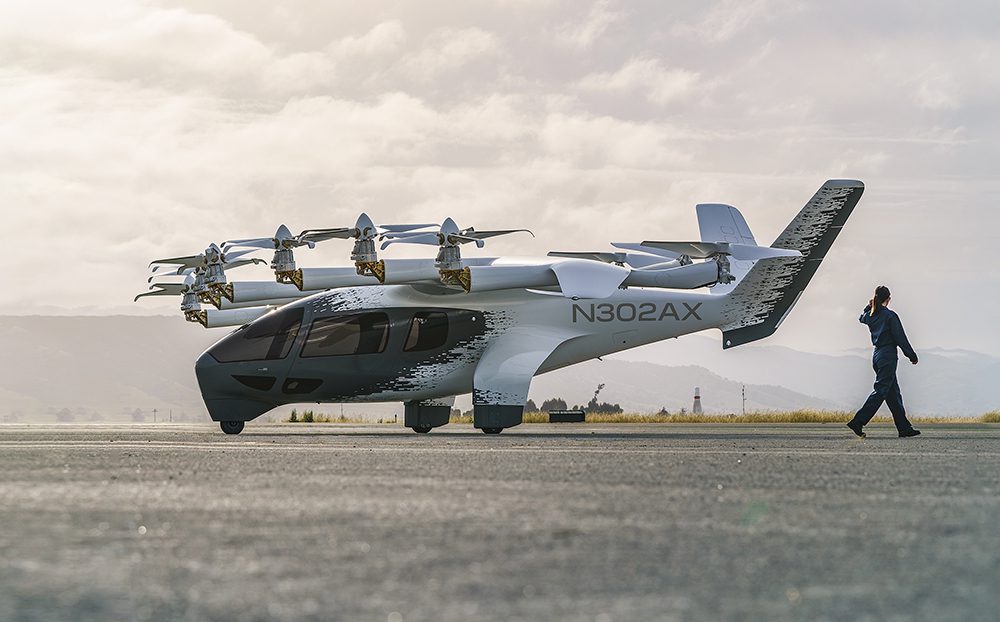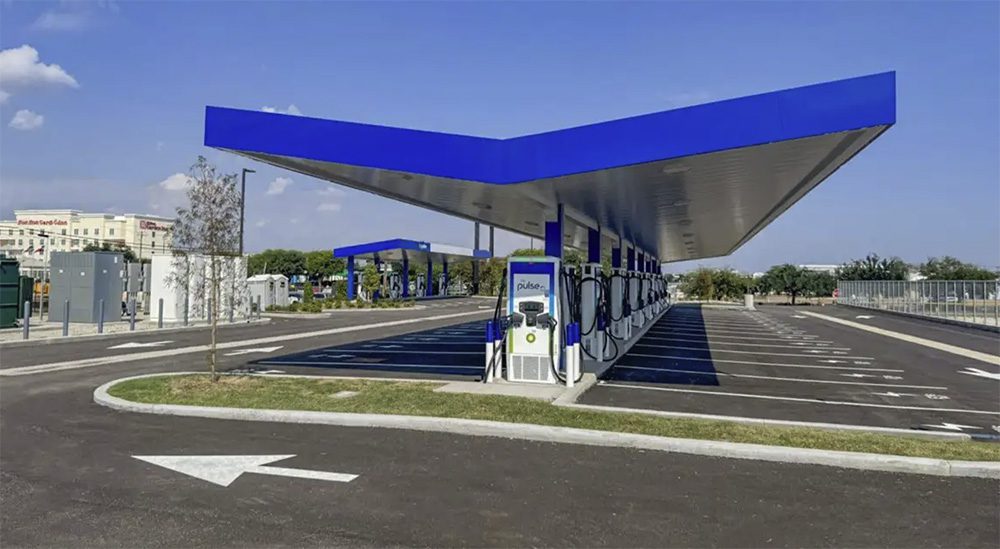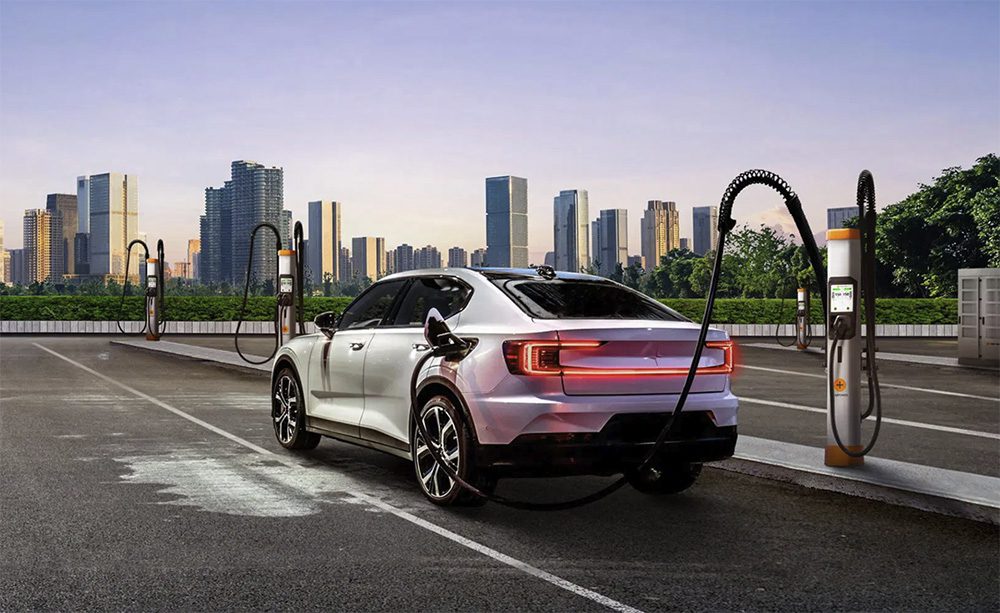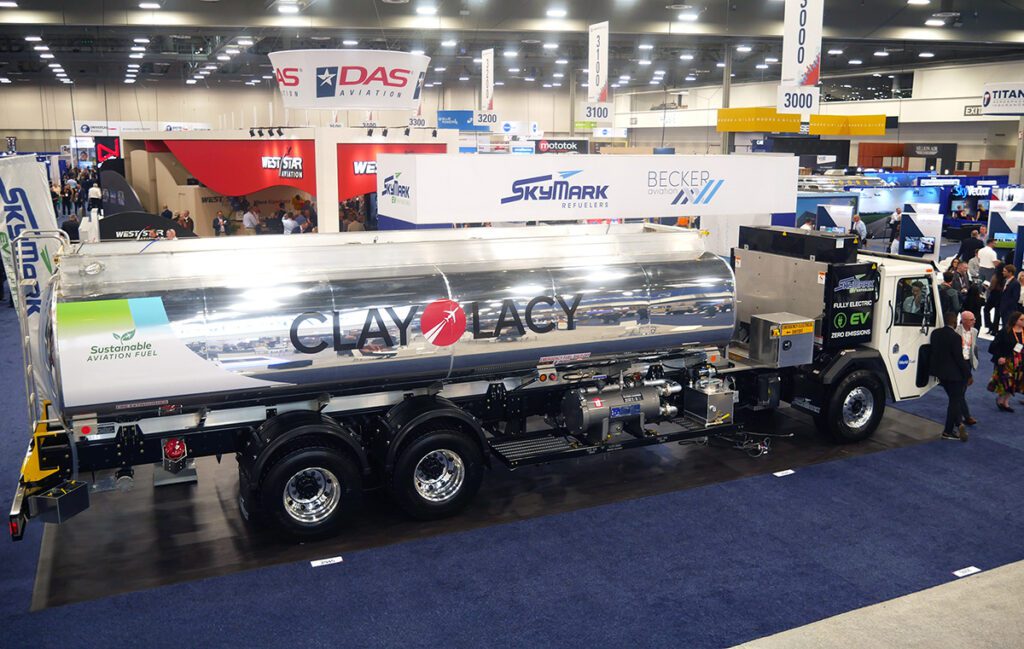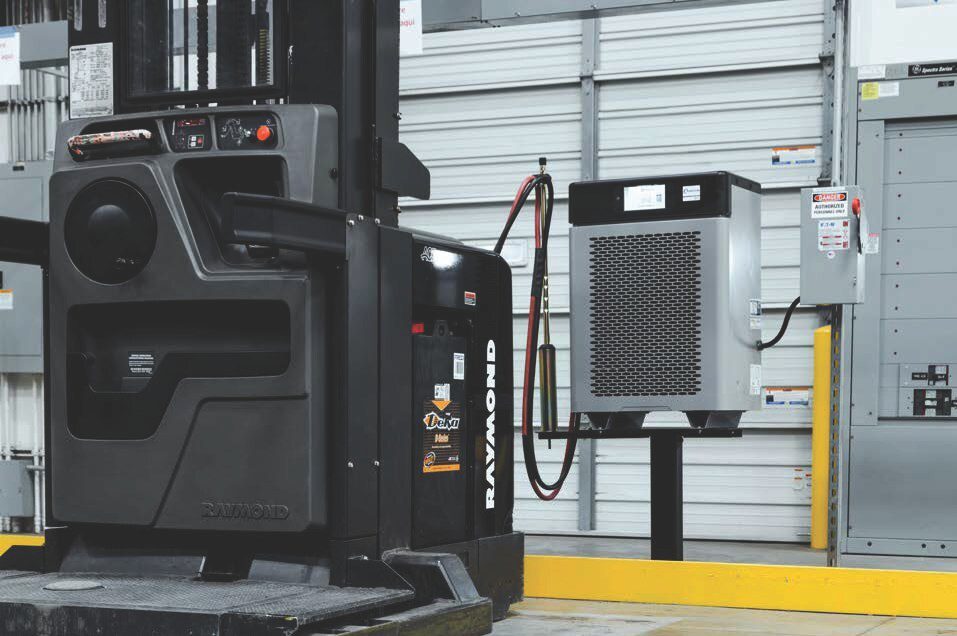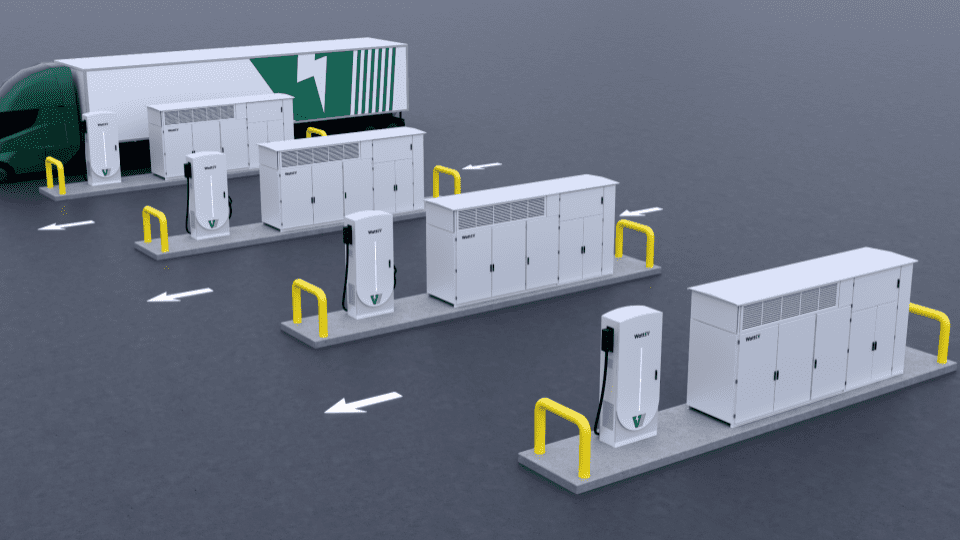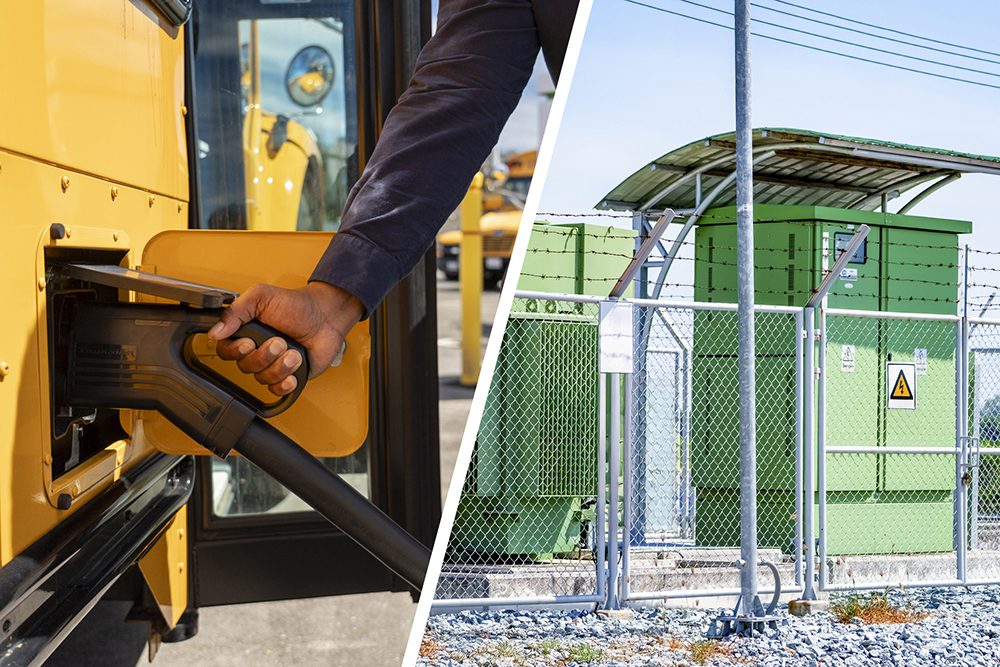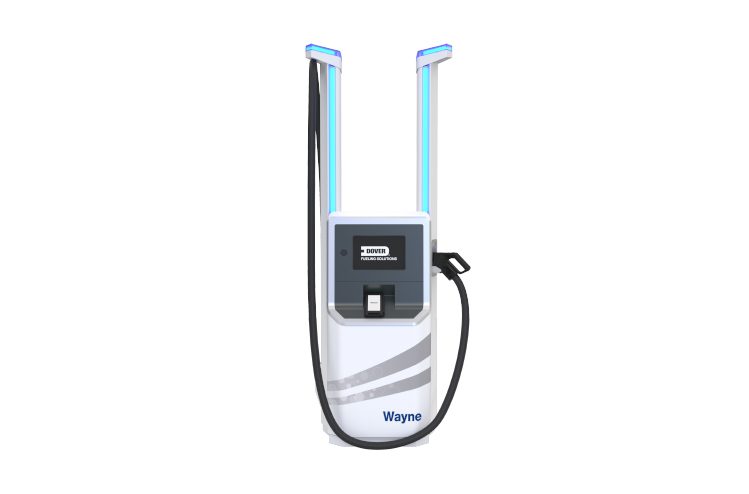The Porsche Taycan [TIE-kon] is the most highly-anticipated EV we’ve seen in a long time – in fact, the sound of the spirited young horse’s approaching hoofbeats has arguably generated more excitement than any non-Tesla vehicle to date (sorry, Audi and Jaguar).
Porsche unveiled its magnum opus at three simultaneous events in Germany, China, and a spectacular spot overlooking Niagara Falls, where CEO Oliver Blume stressed the importance of the Taycan to Porsche’s prospects. “The Taycan links our heritage to the future,” said he. “It carries forward the success story of our brand – a brand that has fascinated and thrilled people the world over for more than 70 years. This day marks the start of a new era.” (Backing up the bold words with bank, Porsche announced that it expects to invest over $6.6 billion in EV initiatives by 2022.)
The car guys were pleased to see that the Taycan looks very similar to the well-received Mission E concept. Porsche’s take on the skateboard platform puts driver and passengers very low to the ground, and gives the vehicle what Car and Driver called “a wide and flat look that is distinctly Porsche.” The styling isn’t just for looks – the Taycan’s 0.22 drag coefficient is the lowest of any Porsche ever made.
The 100 kWh battery pack (93 kWh usable) packs Li-ion pouch cells from LG Chem in an aluminum housing with liquid cooling. It’s expected to deliver up to 450 km (280 miles) of range (WLTP).

The Taycan sports two motors – a 335 kW rig in the rear and and a 175 kW (Turbo model) or 190 kW (Turbo S model) job up front – as well as a two-speed transmission. Total power starts at 616 hp and rises to a brawny 750 hp for the Turbo S using Overboost Power with Launch Control. There’s a total torque of up to 774 lb-ft to take you from 0 to 60 in 3.0 seconds (Turbo) or 2.6 seconds (Turbo S). Top speed is said to be 260 km/h (161 mph).
The aluminum chassis is reinforced at key points (pillars and doors) with hot-formed steel, and the battery compartment was designed for maximum safety in a crash. The suite of sensors includes front and rear radar, several cameras and ultrasonic sensors.
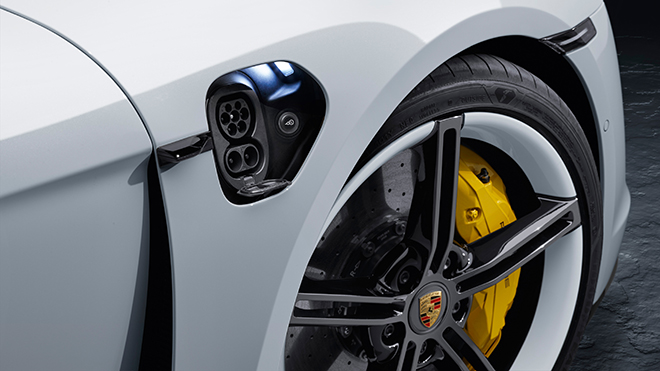
Porsche pioneered an 800-volt charging architecture, which is fully implemented in the Taycan. The higher voltage enables higher charging rates (up to 270 kW), and also, according to Porsche, allows the vehicle’s wiring system to be thinner and lighter (higher voltage=lower current).
Yes, even when salivating over a super sports car, we need to say something about the cargo space. Electrek called the Taycan’s 12.9-cubic-foot trunk “decent for a sports sedan.” There’s even a cozy (2.8 cu ft) frunk.
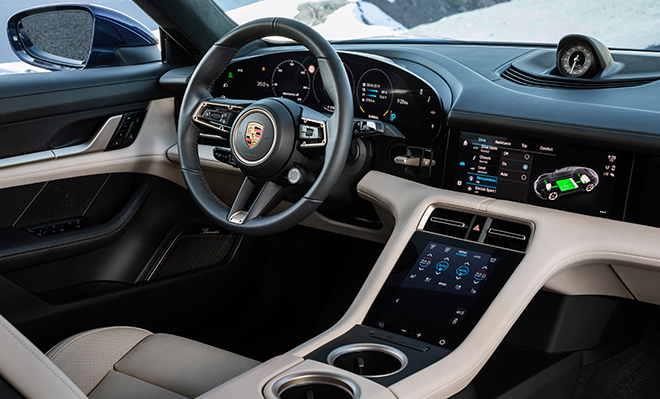
Porsche implied in the past that the Taycan would start around $90,000. However, like a certain other EV manufacturer, it has decided to release higher-end performance versions first. The Taycan Turbo will start at $150,900; the Turbo S at $185,000. As C&D noted, these prices are similar to those of a 911 Turbo or Turbo S.
Porsche expects to launch a cheaper base Taycan and a mid-priced Taycan 4S later this year. An outdoor-themed derivative, the Taycan Cross Turismo, is promised for 2020.
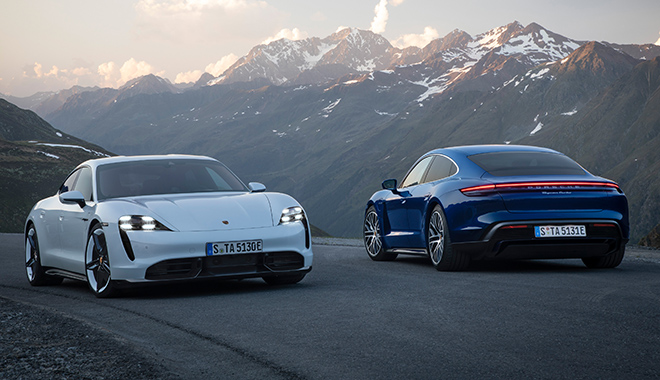
Sources: Porsche, Electrek, Car and Driver, Teslarati

